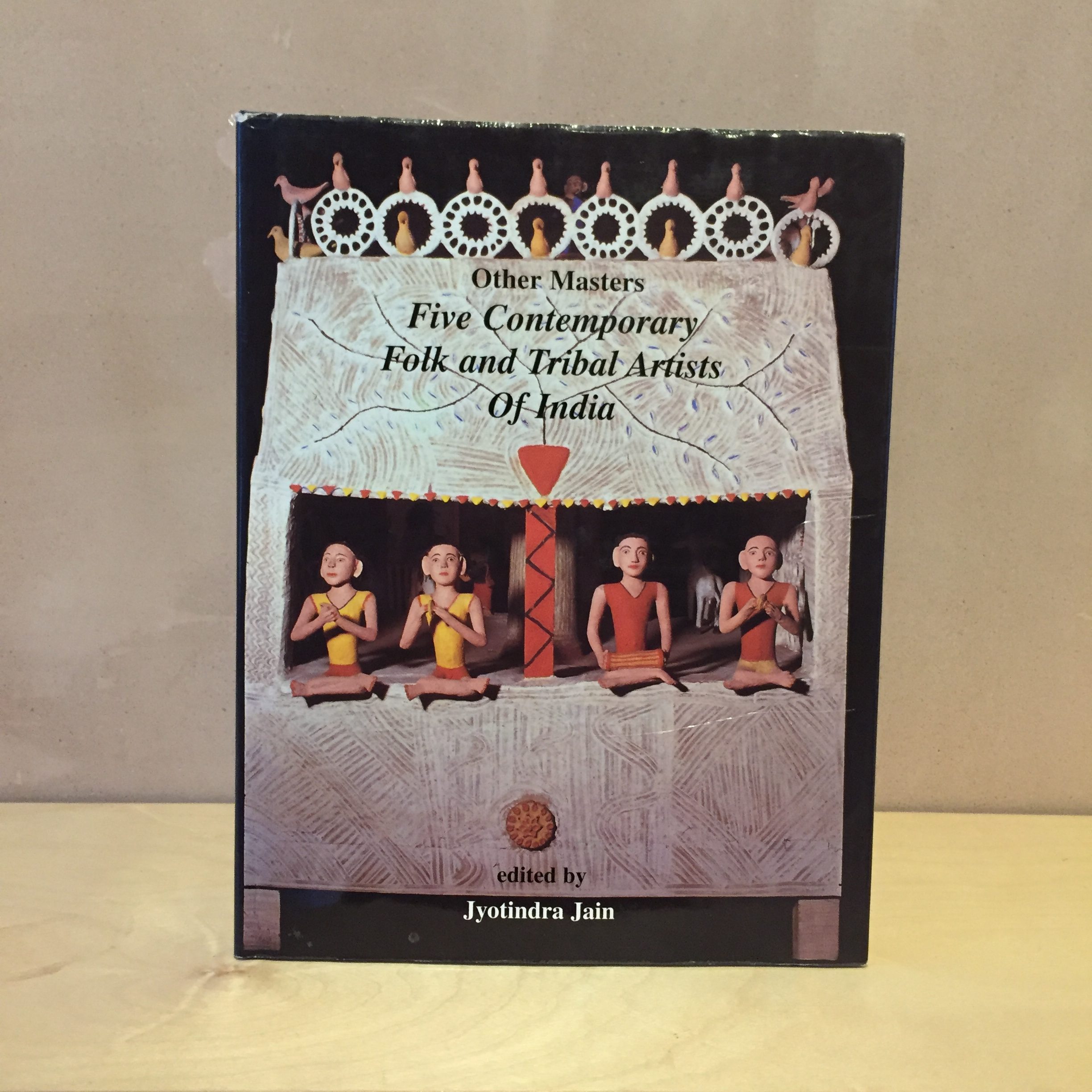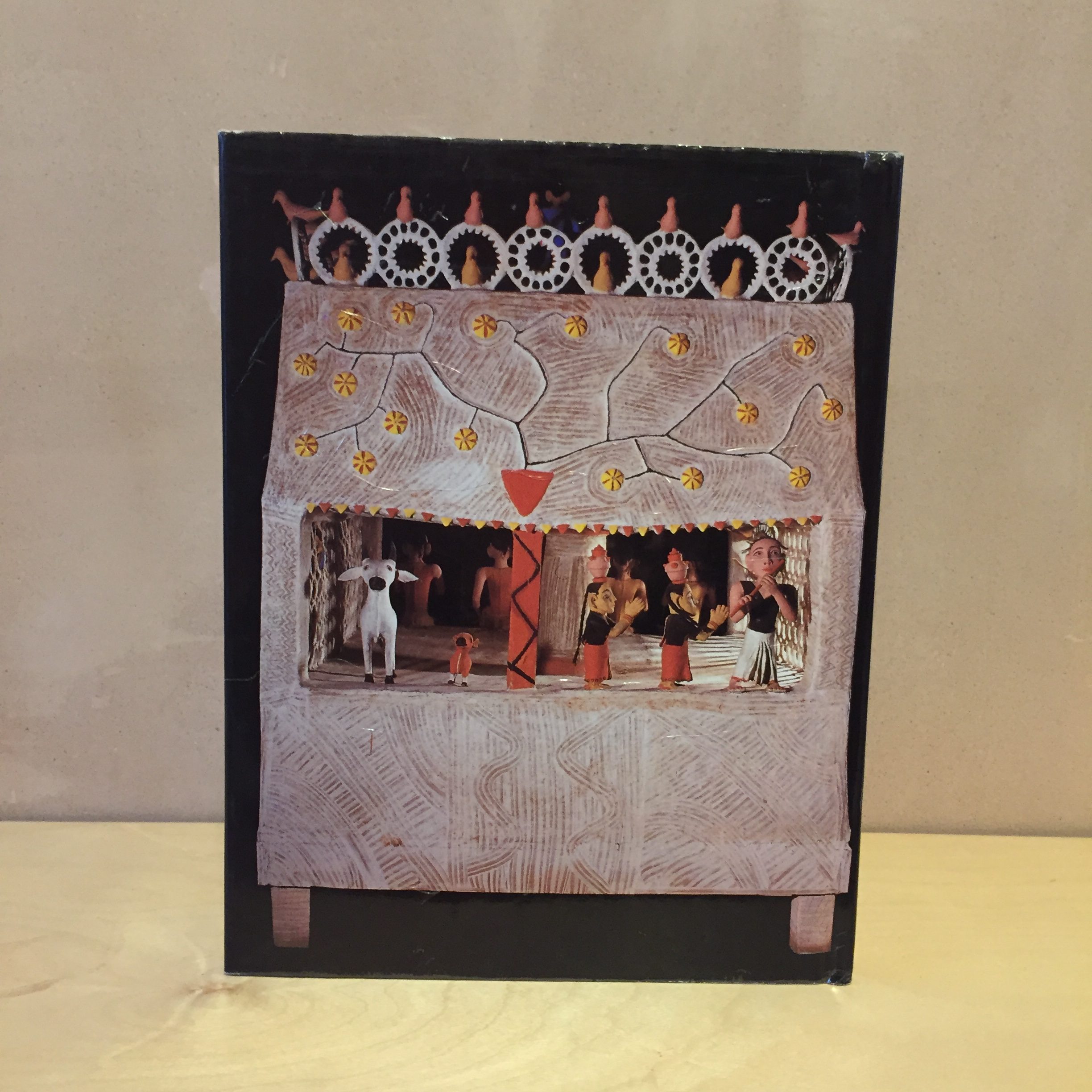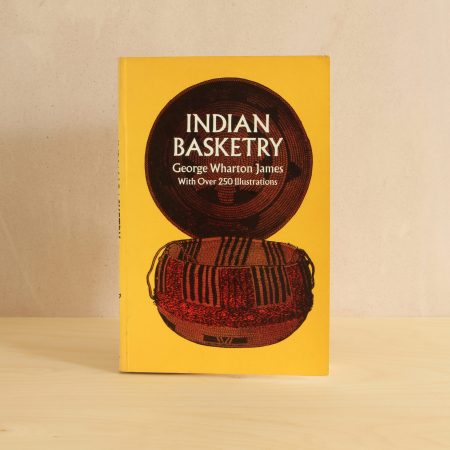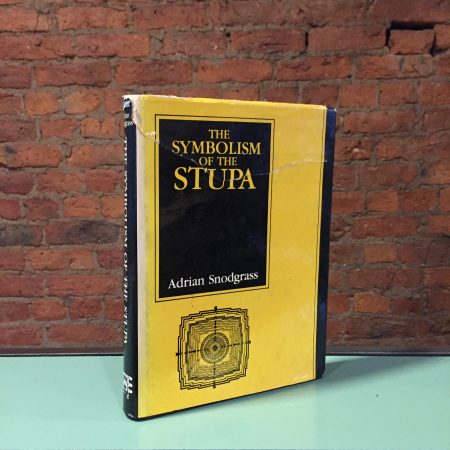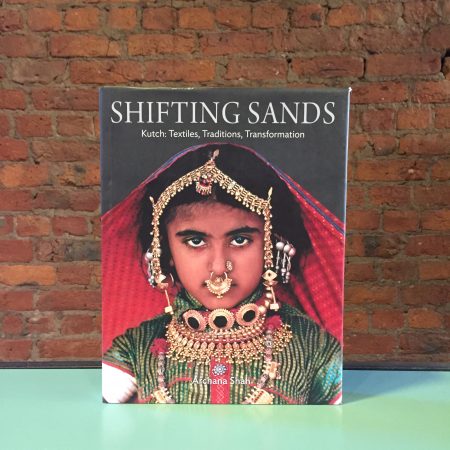Description
Other Masters: Five Contemporary Folk and Tribal Artists of India
For historical reasons, in our minds and in the actual practice of Western art-history, the term “master” has been used to imply a unique ingenuity or talent, turning individuals into celebrities. In contrast, anonymity has been considered to be the chief characteristic of the artistic ethos of non-western societies. Here “individuality” as opposed to “anonymity” is almost directly linked with the so-called “elite” as opposed to the “primitive”. Another set of equally divisive terms often invoked comprises “individuality” versus “ethnic collectivity”. In this scheme of things, “masters” roll out of the elitist, well-organised nexus between artist, salesman, media and market, while tribals, for example in India, are forced into a collective identity, imbued with an exalted notion of hoary tradition. They are often made to play the clown, adding more and more bison-horn and cobra-hood headgear to their own personal selves and to the images of their gods especially designed for the fashionable ethnic art-market. Here the waning but not completely lost “tradition” is retrieved by means of “reprimitivisation” of the “primitive”. His authenticity lies in his “primitivism”. If it is lost due to his contact with “civilisation”, it must be stage-managed by means of cobra-hoods and such other hallmarks.
In such a set-up the tribal or folk artist is not an identifiable individual but a part of an amorphous passive collectivity. He is expected to permanently dwell in timeless tradition. He cannot be capable of intellectual or modern intention. He must not depart from his “authentic” tradition to enter the realm of innovative (individual) expression, because his “authenticity in culture and art exists just prior to the present (but not so distant or eroded as to make collection or salvage impossible)”.
What is the real nature of this celebrated collectivity and anonymity of the Indian artist? Has he always been truly anonymous? If yes, for whom? Is the notion of anonymity of the artist truly borne out by history or is comparatively modern construct?
Is ours then clearly a colonial viewpoint, where the story of a society begins the day it is discovered by the coloniser, as if those who were already living there had no existence of their own before?
Because of the direct relationship between certain hand-manufactures and the “economic angle”, the entire subject of “handicrafts” was pigeonholed with commercial development during the British period, and continues to be so in independent India. Gradually, what may have been “folk-arts” have begun to merge with “handicrafts”.
This book has been conceived with a view to explore the sensibility of five contemporary folk and tribal artists of India who neither see themselves as belonging to an imaginary past or traditional society nor as waiting outside the precincts of the world of ‘modern’ art to be absorbed and recognised on the latter’s terms at the first available opportunity.
Other Masters: Five Contemporary Folk and Tribal Artists of India, Jyotindra Jain, Crafts Museum and the Handicrafts and Handlooms Exports Corporation of India, 1998
Hardcover. Previous owners name inscribed on first page. Minor shelf wear. Very good condition.
